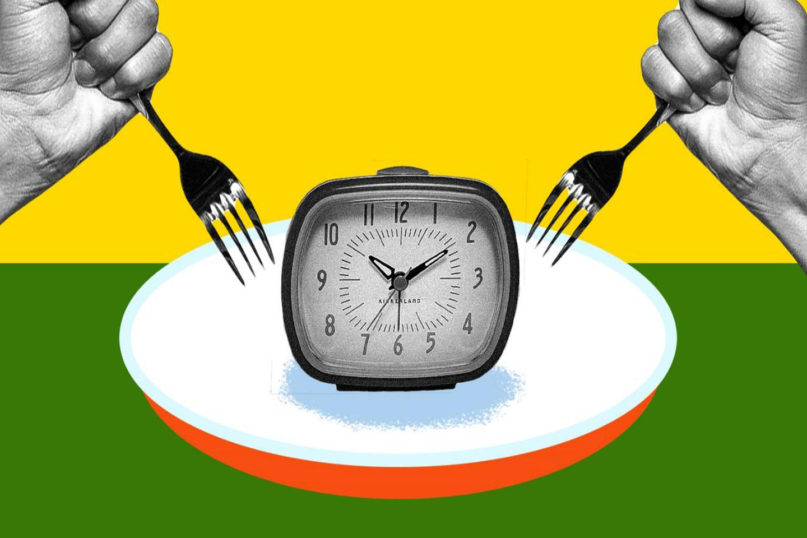
calorieduring a small period and fasting the rest of the day.
I did my research on how to lose fat without losing muscle
Then started with tracking calories and eating small meals spread out throughout the day. Because that’s what all the ‘fit’ people were doing. I was making steady progress and really starting to look how I originally wanted to look, however I was always starving, watching the clock, waiting for my next meal and lost my very active social life in the process,” said Blake Horton on his website. “I remember reading about intermittent fasting where you get to eat larger meals and no longer get hungry while losing weight which I thought was complete bullshit but started doing a ton of research and it was compelling enough to risk it for a greater reward. I had basically had it with being miserable just to look good.”
While there are different ways to intermediate fast, some people fast two days out of the week and eat regularly the remaining 5, the 16:8 fast mentioned earlier seems to be the most popular. Following the 16:8 fast you can choose any 8-hour period to consume all your needed calories. Some people choose their eating period to be between noon and 8pm, while others opt for 9 a.m.to 5 p.m., which allows plenty of time for a healthy breakfast, a normal lunch around noon and an early dinner or snack around 4 p.m. before starting the fast. Either way a full 8 hours of sleep helps break up the fasting time.
A recent study conducted by the German Cancer Research Center found that intermittent fasting “helps lose weight and promotes health,” and noted that the regimen proved especially adept at getting rid of fat in the liver. A University of Southern California study found that the diet reduced participants’ risk of cancer, diabetes, heart disease, and other age-related diseases.













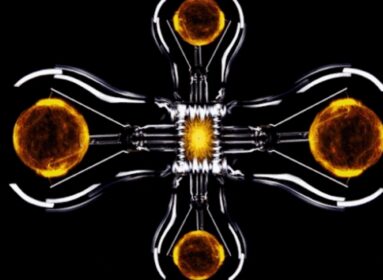





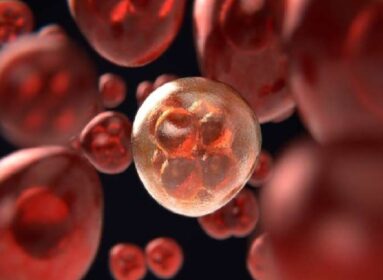
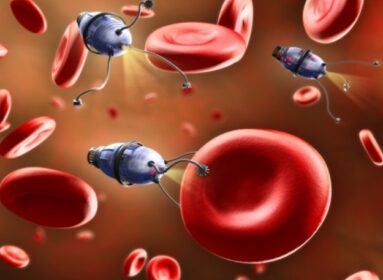


















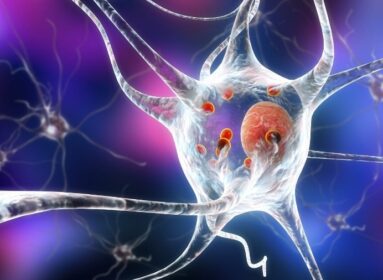

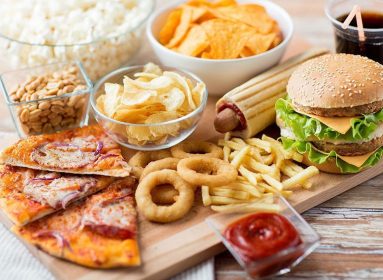

























Comments are closed.